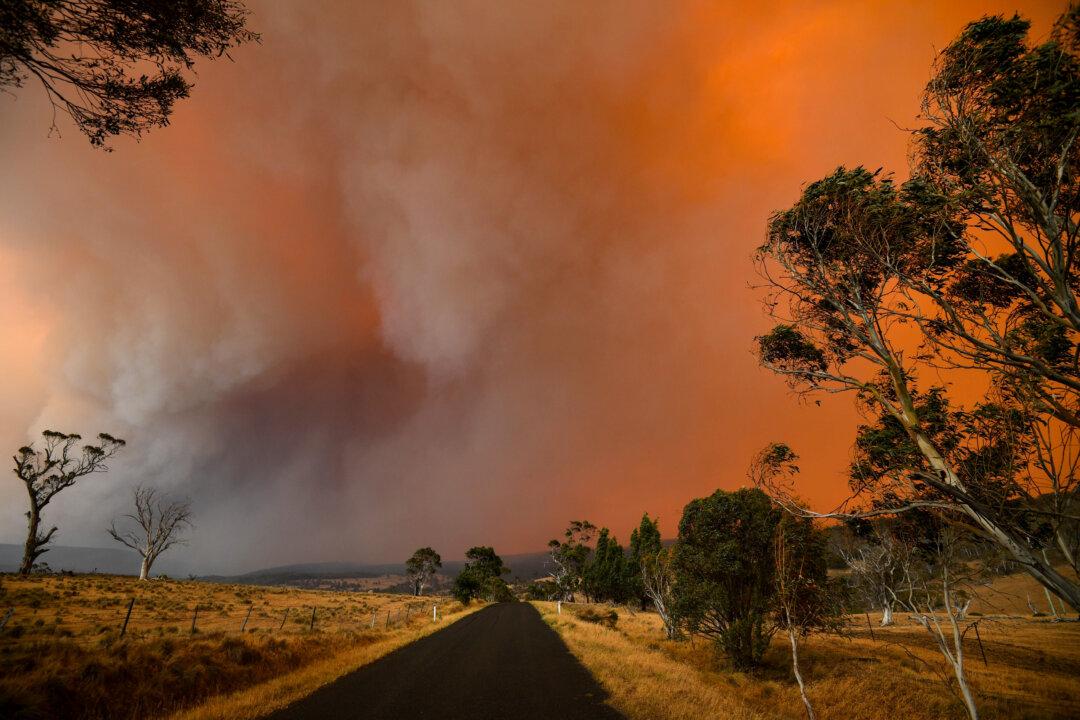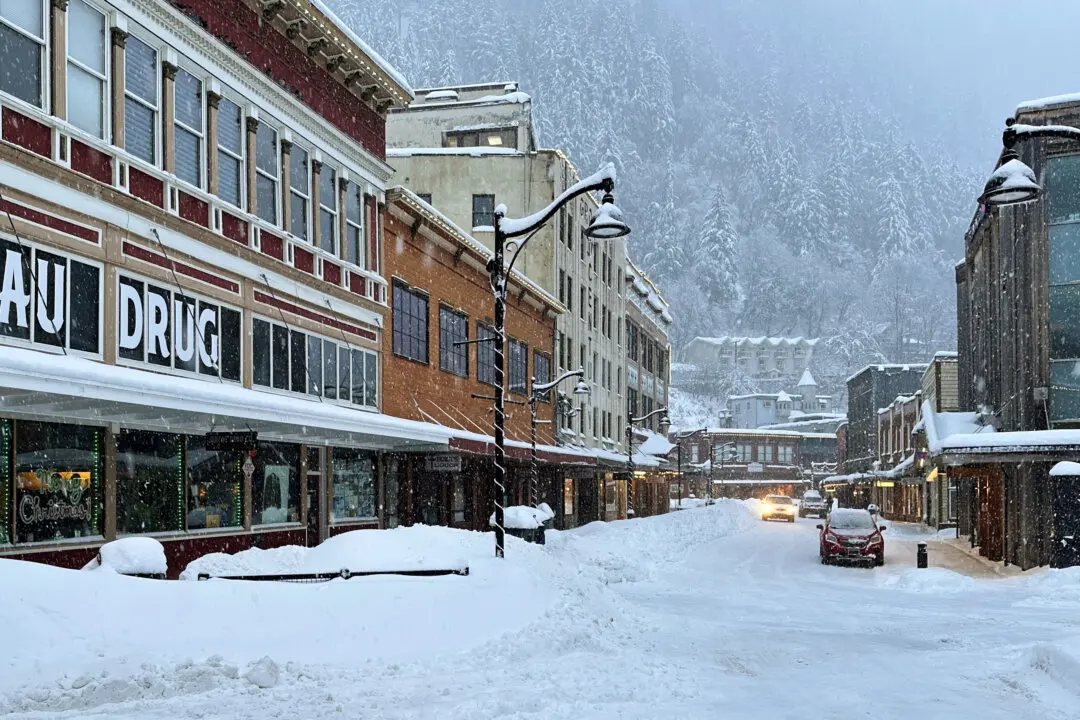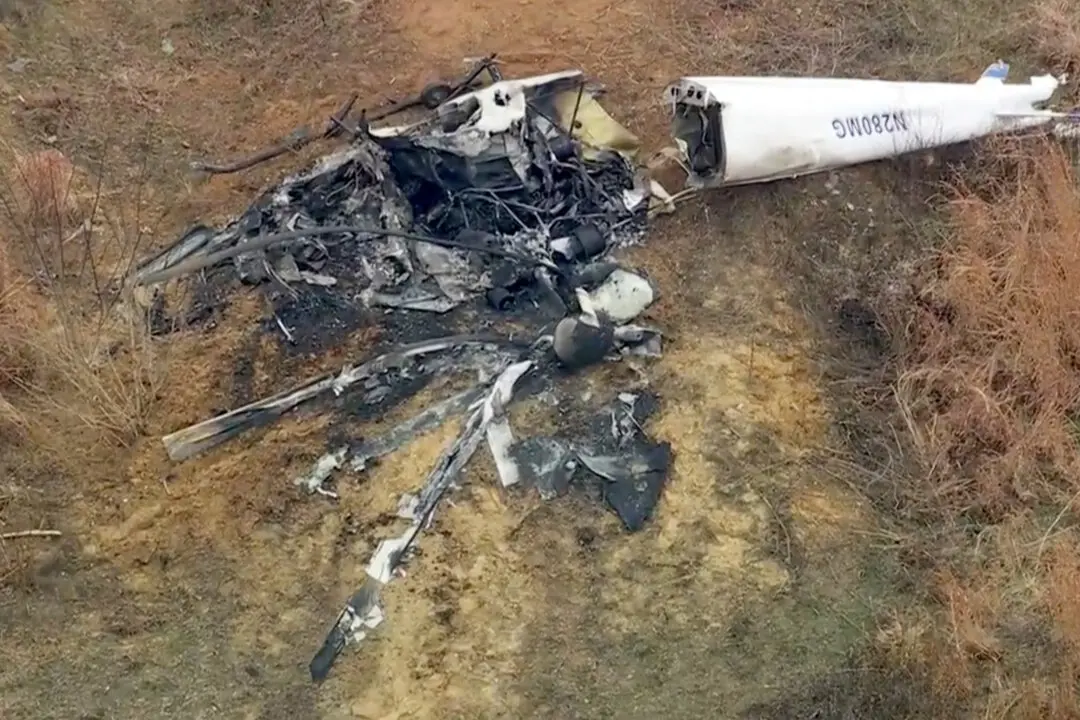SYDNEY—Australia’s government said Jan. 6 it was willing to pay “whatever it takes” to help communities recover from deadly wildfires that have ravaged the country.
Prime Minister Scott Morrison said the government was committing an extra 2 billion Australian dollars ($1.4 billion) toward the recovery effort in addition to the tens of millions of dollars that have already been promised.





